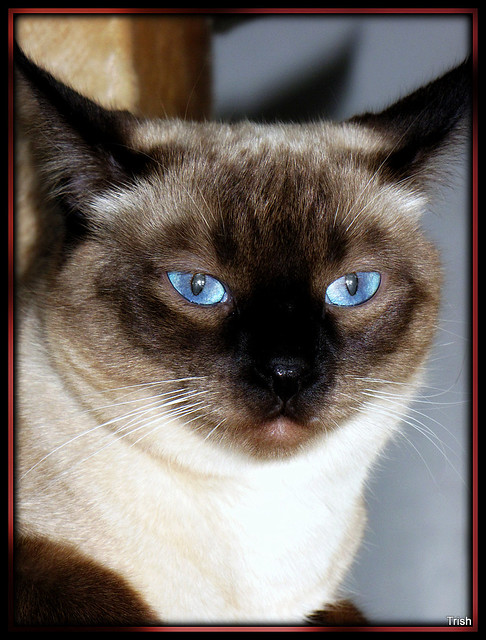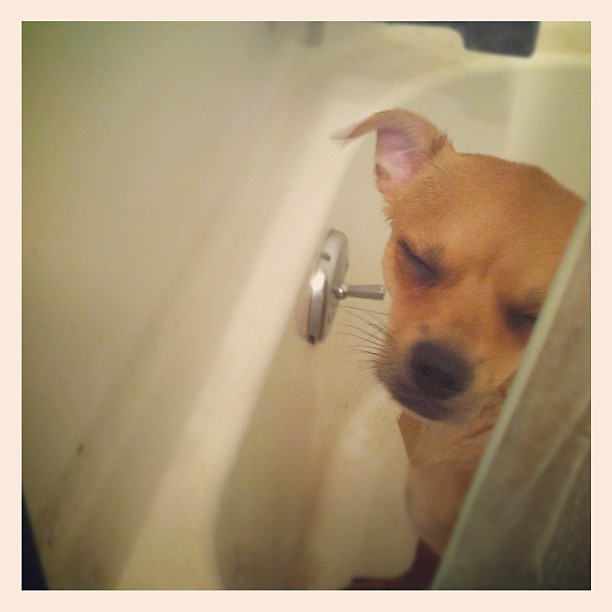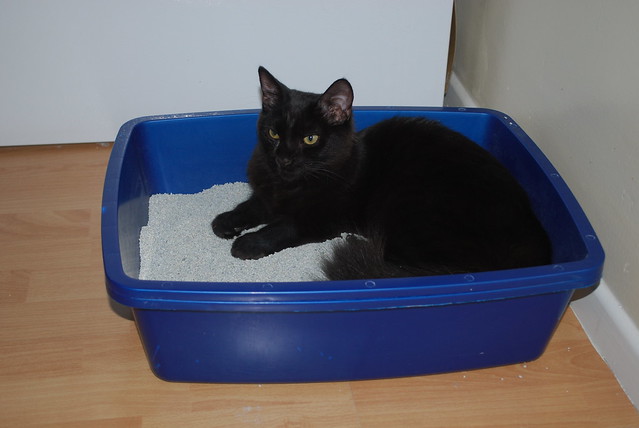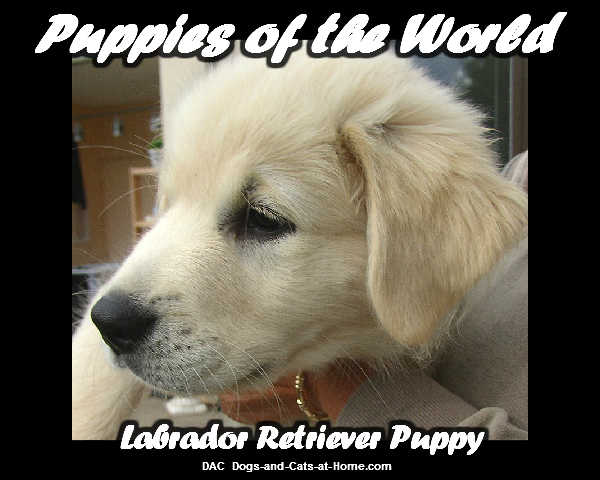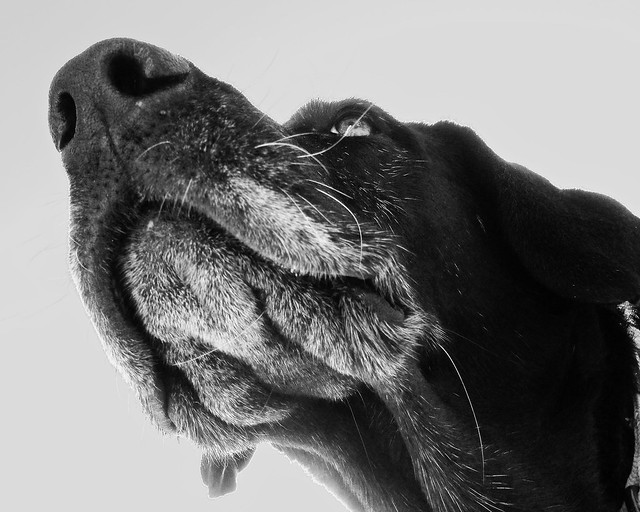Dachshund Pups are known by many nicknames, including "Wiener Dogs", "Sausage Dogs", "Doxies", or "Worshonds". Dachshund pups are known for their long backs and short legs, which many people relate to a wiener sausage or hot dog. It is very important for you to understand how to train Dachshund pups, which requires that you become aware of some of the temperamental and behavioral traits of this fun breed.
Pups are known by many nicknames, including "Wiener Dogs", "Sausage Dogs", "Doxies", or "Worshonds". Dachshund pups are known for their long backs and short legs, which many people relate to a wiener sausage or hot dog. It is very important for you to understand how to train Dachshund pups, which requires that you become aware of some of the temperamental and behavioral traits of this fun breed.
"Kurzhaardackel" by Toschka at de.wikipedia - Own work. Licensed under Public Domain via Wikimedia Commons.
|
Dachshund pups have an enhanced sense of smell because they are considered 'sense hounds.' This makes them naturally very curious about any new smells that they come into contact with. They are a lovable and playful breed and are often inclined to chase small animals that they see outdoors. On the other hand, Dachshunds
How to Train Dachshund Puppies:
Dachshunds, especially miniature dachshunds are a fairly small breed, especially when they're pups. Dachshund pups are quite the rambunctious breed and are usually always eager to play with other members of their household "pack". Dachshund pups love to chew! They have been known to destroy shoes, socks, household objects and furniture if not watched closely. That is why it is important and best to start training Dachshund pups at a very early age. Successful training of your Dachshund puppies may take a little time, but don't give up!
Allowing your Dachshund puppies to become comfortable in your home is very important and should be done first. They will want to 'check out' all of the new sights, smells, and sounds in the new environment. Dachshunds are very curious and love to investigate. Dachshund pups tend to get themselves into trouble at first, so although you should allow them to roam their new environment, make sure to keep a close eye on them. It may be smart to try to puppy-proof your home as best as you can before you bring your Dachshund pups home.
As with all breeds, it is very important to reward the Dachshund puppies for good behavior. Dachshund pups love receiving rewards! Including positive reinforcement in all Dachshund pups training will go a long way. Remember that Dachshund puppies, in general, are naturally playful, so try not to get frustrated with the training. Be patient and before you know it, the puppy will find it easier to focus on their training.
How to Crate Train Dachshund Puppies:
Crate training is important and Dachshund puppies respond well to crate training, as long as you introduce it early on. Dachshund pups have a need for constant companionship, and they can become lonely if left alone for too long. You should be careful and aware that puppies can feel "abandoned" while left in a crate if left too long. Keeping a puppy confined to a crate can lead to the pups developing behavioral problems and destructiveness, so crate training should be taken with care and caution.
For best crate training results, be sure to buy a crate that is large enough for your Dachshund, but be sure it is not 'too' big to where they could go to the bathroom in it. A puppy will be more likely to have a successful crate training experience by making their crate very comfortable and cozy.
Dachshund puppies tend to like bedding material in the crate, making sure to cover any uncomfortable corners. A very important aspect is to have puppies lie on and use the bedding before you put it in the crate so that their scent is already on the bedding. This helps them feel more comfortable inside the new environment of a crate. It is very important to NEVER use a crate to punish dog! This can definitely be extremely detrimental to crate training.
How to House Train Dachshund Puppies:
House training Dachshunds as soon as possible is very important because even when house trained, not all Dachshund pups can be 100% reliable to not have an 'accident' indoors. So, the sooner the house training, the better! To greatly improve your chances of house training success, combine house training with a crate. Most Dachshund puppies will do very well with this combination. To ensure that Dachshund puppies do not become lonely while in their crate, put the crate in an area with constant activity.
will do very well with this combination. To ensure that Dachshund puppies do not become lonely while in their crate, put the crate in an area with constant activity.
Feeding Dachshund puppies their meals while they are in their crate is a good method. After Dachshund pups are done with their meal, you should close the door and allow you're the pup to stay in the crate for an hour or less. You should then put a leash on the puppy and take it outside to a designated 'potty' area. Most puppies will go to the bathroom at this time. This is especially true when they are still in their puppy stage since they tend to need to potty more often and more quickly after meals. Remember that your puppy loves rewards, so it is very important to reward them with praise and treats when they potty outside.
Dachshund Puppy Training Tips:
Make sure to not allow Dachshund pups to gain a sense of 'dominance' in a household. This will only make training Dachshund pups more difficult. Make sure to establish your role as the pack leader and teacher with a calm and assertive, but firm attitude, especially when it comes to training Dachshund pups. It is important and very beneficial to you and your pup to remain patient and understanding about the behavioral traits of Dachshund pups. As long as you follow that, training Dachshund pups will not be difficult.
|

